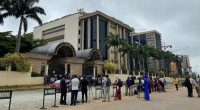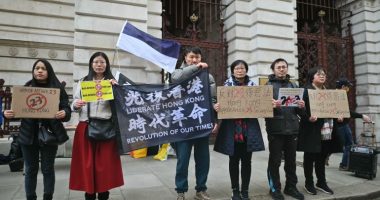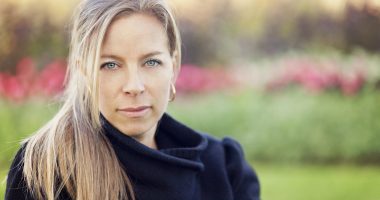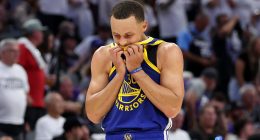“Accused number one” had been speaking from the dock for almost three hours by the time he uttered the words that would ultimately change South Africa. The racially segregated Pretoria courtroom listened in silence as Nelson Mandela’s account of his lifelong struggle against white minority rule reached its conclusion. Judge Quintus de Wet managed not to look at Mandela for the majority of his address. But before accused number one delivered his final lines, defence lawyer Joel Joffe remembered, “Mandela paused for a long time and looked squarely at the judge” before saying:
“During my lifetime, I have dedicated my life to this struggle of the African people. I have fought against white domination, and I have fought against Black domination. I have cherished the ideal of a democratic and free society in which all persons will live together in harmony and with equal opportunities. It is an ideal for which I hope to live for and to see realised. But, my Lord, if it needs be, it is an ideal for which I am prepared to die.”
After he spoke that last sentence, novelist and activist Nadine Gordimer, who was in the courtroom on April 20, 1964, said, “The strangest and most moving sound I have ever heard from human throats came from the Black side of the court audience. It was short, sharp and terrible: something between a sigh and a groan.”
This was because there was a very good chance that Mandela and his co-accused would be sentenced to death for their opposition to the apartheid government. His lawyers had actually tried to talk him out of including the “I am prepared to die” line because they thought it might be seen as a provocation. But as Mandela later wrote in his autobiography, “I felt we were likely to hang no matter what we said, so we might as well say what we truly believed.”

‘The trial that changed South Africa’
The Rivonia Trial – in which Mandela, Walter Sisulu, Govan Mbeki and seven other anti-apartheid activists were charged with sabotage – was the third and final time Mandela would stand accused in an apartheid court. From 1956 to 1961, he had been involved in the Treason Trial, a long-running embarrassment for the apartheid government, which would ultimately see all 156 of the accused acquitted because the state failed to prove they had committed treason.
And in 1962, he had been charged with leaving the country illegally and leading Black workers in a strike. He knew he was guilty on both counts, so he decided to put the apartheid government on trial. On the first day of the case, Mandela, known for his natty Western dress, arrived in traditional Xhosa attire to the shock of all present. He led his own defence and did not call any witnesses. Instead, he gave what has been remembered as the “Black man in a white court” speech, during which he asserted that “posterity will pronounce that I was innocent and that the criminals that should have been brought before this court are the members of the Verwoerd government,” a reference to Prime Minister Hendrik Verwoerd.
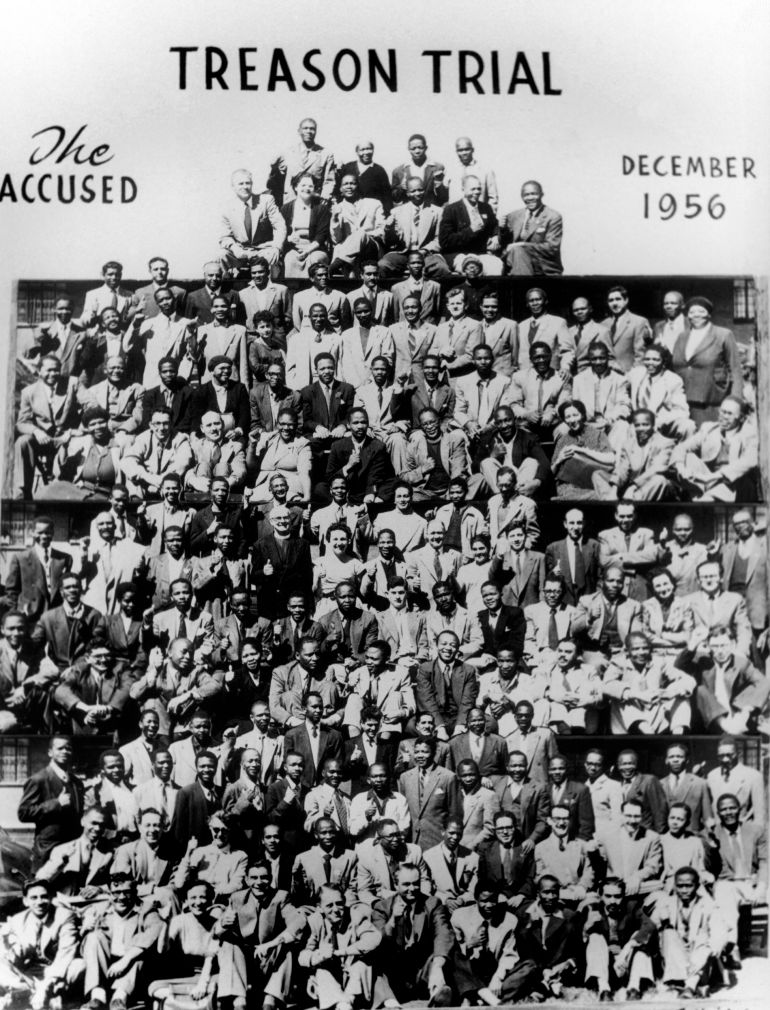
The Rivonia Trial, which kicked off in October 1963, was named after the Johannesburg suburb where Liliesleaf Farm was located. From 1961 to 1963, the Liliesleaf museum website notes, the farm served “as the secret headquarters and nerve centre” of the African National Congress (ANC), the South African Communist Party (SACP) and Umkhonto we Sizwe (MK, the military wing of the ANC). On July 11, 1963, acting on a tip-off, the police raided Liliesleaf, seizing many incriminating documents and arresting the core leadership of the underground liberation movement. Mandela, who was serving a five-year sentence on Robben Island from his conviction in the 1962 trial, was flown to Pretoria to take his place as accused number one.

Instead of charging the men with high treason, State Prosecutor Percy Yutar opted for the easier-to-prove crime of sabotage – the definition of which was so broad that it included misdemeanours such as trespassing – and which had recently been made a capital offence by the government. Thanks to the evidence seized from Liliesleaf, which included several documents handwritten by Mandela and the testimony of Bruno Mtolo (referred to as Mr X throughout the trial), a regional commander of MK who had turned state witness, Yutar was virtually assured of convictions for the main accused.
In his autobiography, Mandela explains their defence strategy: “Right from the start we had made it clear that we intended to use the trial not as a test of the law but as a platform for our beliefs. We would not deny, for example, that we had been responsible for acts of sabotage. We would not deny that a group of us had turned away from non-violence. We were not concerned with getting off or lessening our punishment, but with making the trial strengthen the cause for which we were struggling – at whatever cost to ourselves. We would not defend ourselves in a legal sense so much as in a moral sense.”
The accused and their lawyers decided that Mandela would open the defence case not as a witness – who would be subject to cross-examination – but with a statement from the dock. This format would allow him to speak uninterrupted, but it carried less legal weight.
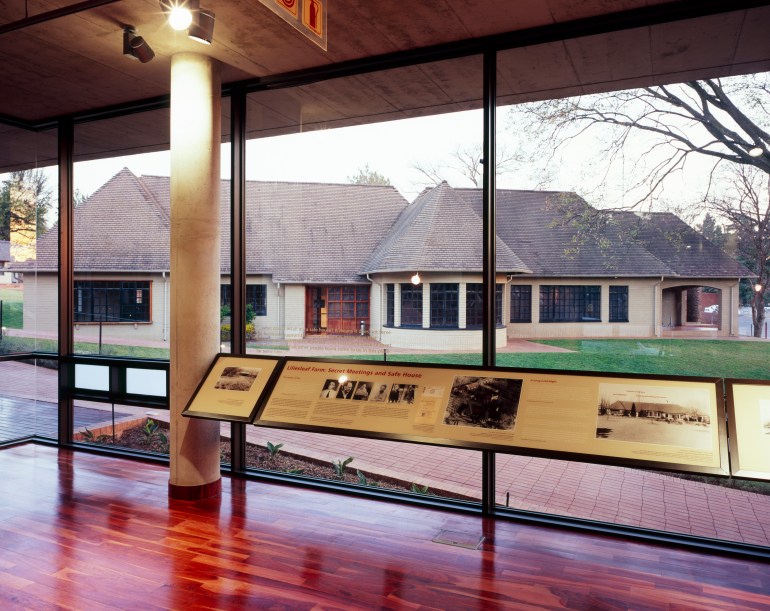
Mandela writes that he spent “about a fortnight drafting [his] address, working mainly in my cell in the evenings”. He first read it to his co-accused, who approved the text with a few tweaks, before passing it to lead defence lawyer Bram Fischer. Fischer was concerned that the final paragraph might be taken the wrong way by the judge, so he got another member of the defence team, Hal Hanson, to read it. Hanson was unequivocal: “If Mandela reads this in court, they will take him straight to the back of the courthouse and string him up.”
“Nelson remained adamant” that the line should stay, wrote George Bizos, another member of the defence team. Bizos eventually persuaded Mandela to tweak his wording: “I proposed that Nelson say he hoped to live for and achieve his ideals but if needs be was prepared to die.”
On the evening of April 19, Bizos got Mandela’s permission to take a copy of his statement to Gordimer. The respected British journalist Anthony Sampson, who knew Mandela well, happened to be staying with her and he retired to Gordimer’s study with the text. “What seemed like hours” later, Bizos wrote, Sampson “eventually returned, obviously moved by what he had read”. Sampson made no major changes to the text, but he did advise moving some of the paragraphs because he felt journalists were likely to read the beginning and the end properly and skim over the rest.
Gordimer does not seem to have suggested changes to the address, but she did see several drafts. She, too, was happy with the final version.
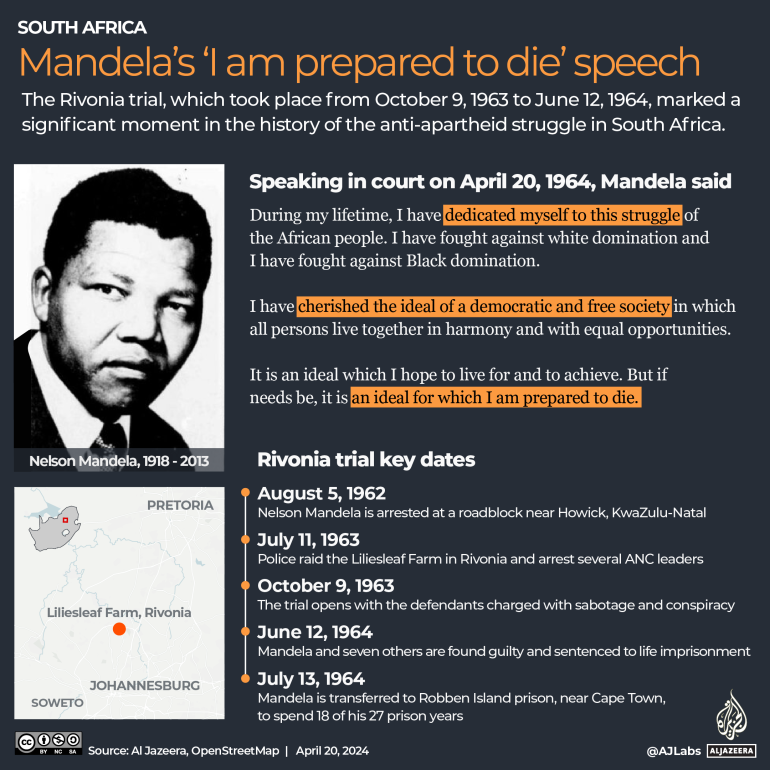
The statement from the dock
Yutar, who had been hoodwinked by the defence team’s constant requests for court transcripts into spending weeks preparing to cross-examine Mandela, was visibly shocked when Fischer announced that Mandela would instead be making a statement from the dock. He even tried to get the judge to explain to Mandela that he was committing a legal error. But the usually stone-faced judge laughed as he dismissed the request. Mandela, himself a lawyer, was represented by some of the country’s finest legal minds. He knew exactly what he was doing.
“My Lord, I am the first accused,” Mandela said. “I admit immediately that I was one of the persons who helped to form Umkhonto we Sizwe and that I played a prominent role in its affairs until I was arrested in August 1962.” Thanks to the recent recovery of the original recordings of Mandela’s statement, we now know that he spoke for 176 minutes, not the four and a half hours regularly cited.
As Martha Evans, author of Speeches That Shaped South Africa, explained, Mandela “candidly confessed some of the crimes levelled against him before giving a cogent and detailed account of the conditions and events that had led to the establishment of MK and the adoption of the armed struggle”.
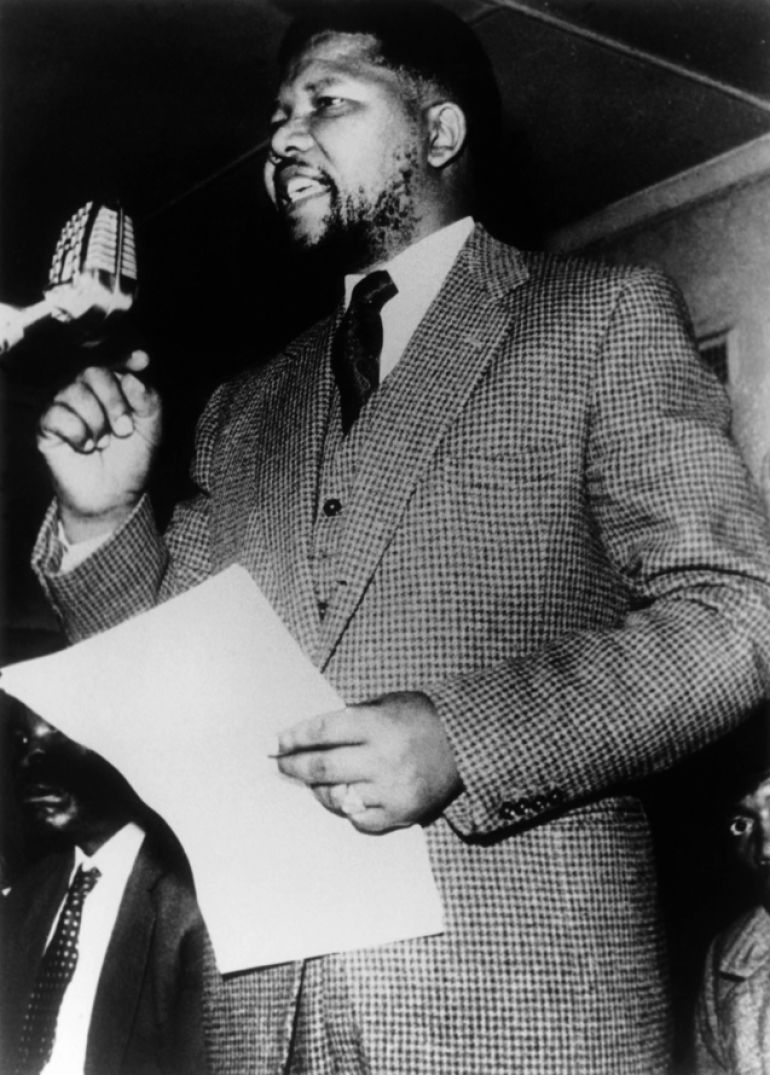
He spoke at length of the ANC’s tradition of nonviolence and explained why he had planned sabotage: “I did not plan it in a spirit of recklessness nor because I have any love for violence. I planned it as a result of a calm and sober assessment of the political situation that had arisen after many years of tyranny, exploitation and oppression of my people by the whites.”
The final section of the address focused on inequality in South Africa and humanised Black South Africans in ways that Mandela argued the country’s white population rarely acknowledged:
“Whites tend to regard Africans as a separate breed. They do not look upon them as people with families of their own. They do not realise that we have emotions, that we fall in love like white people do, that we want to be with our wives and children like white people want to be with theirs, that we want to earn money, enough money to support our families properly.”
And: “Above all, my Lord, we want equal political rights because without them our disabilities will be permanent. I know this sounds revolutionary to the whites in this country because the majority of voters will be Africans. This makes the white man fear democracy. But this fear cannot be allowed to stand in the way of the only solution which will guarantee racial harmony and freedom for all.”
Interestingly, Gordimer noted that the speech “read much better than it was spoken. Mandela’s delivery was very disappointing indeed, hesitant, parsonical (if there is such a word), boring. Only at the end did the man come through.”
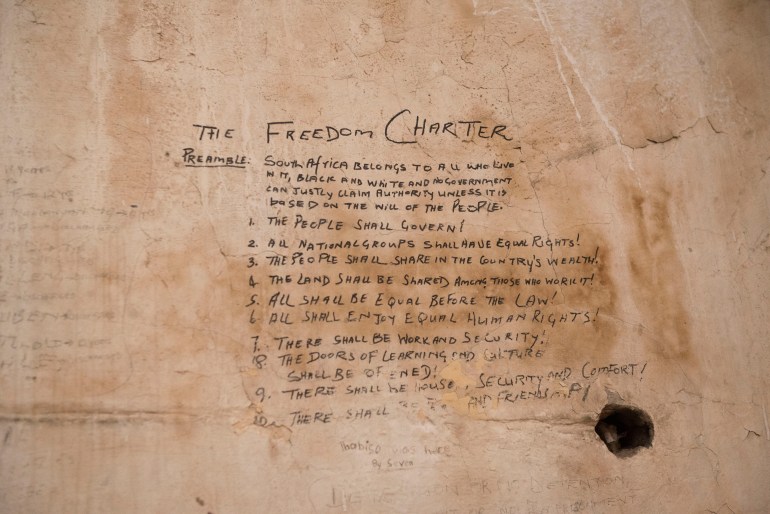
Hanging by a thread
After Mandela’s address, several of the accused subjected themselves to cross-examination. Gordimer was particularly impressed by Walter Sisulu: “Sisulu was splendid. What a paradox – he is almost uneducated while [Mandela] has a law degree! He was lucid and to the point – and never missed a point in his replies to Yutar.”
The defence team enjoyed a number of minor victories with Judge de Wet fairly regularly telling the court that Yutar had failed to prove one point or another. After final arguments were heard in mid-May, court was adjourned for three weeks for the judge to consider his verdict.
For the main accused, that verdict was always going to be guilty. Avoiding the noose became the defence team’s number one priority. In the courtroom, this entailed asking Alan Paton, a world famous novelist who was leader of the vehemently anti-apartheid Liberal Party, to give evidence in mitigation of sentence.
But the real action happened outside the court, Sampson wrote in his authorised biography of Mandela: “The accused had been buoyed up by the growing support from abroad, not only from many African countries but also, more to Mandela’s surprise, from Britain. … On May 7, 1964, the British Prime Minister, Alec Douglas-Home, offered to send a private message to Verwoerd about the trial. But Sir Hugh Stephenson [Britain’s ambassador to South Africa] recommended that ‘no more pressure should be exerted’ and, contrary to some published reports, there is no evidence the message was sent. When the South African Ambassador called on the Foreign Office that month, he was told that the government was now under less pressure to take a stronger line against South Africa, though death sentences would bring the matter to a head again.”

A week before the verdicts, Bizos visited British Consul-General Leslie Minford at his Pretoria home. “As I was leaving, Leslie put his arm around my shoulders and said, ‘George, there won’t be a death sentence.’ I did not ask him how he knew. For one thing, he had downed a number of whiskies. Certainly, I felt I could not rely on the information nor could I tell the team or our anxious clients.”
Upping the stakes further was the decision by Mandela, Sisulu and Mbeki to not appeal their sentence – even if it were death. As he listened to sentencing arguments, Mandela clutched a handwritten note that concluded with the words: “If I must die, let me declare for all to know that I will meet my fate as a man.”
Paton and Hanson spoke in mitigation of sentence on the morning of June 12, 1964. Bizos noted, “Judge de Wet not only took no note of what was being said but he appeared not to be listening.” He had already made his mind up, and when the formalities were over, he announced: “I have decided not to impose the supreme penalty, which in a case like this would usually be the penalty for such a crime. But consistent with my duty, that is the only leniency which I can show. The sentence in the case of all the accused will be one of life imprisonment.”
Professor Thula Simpson, the leading historian of MK, told Al Jazeera, “There is no evidence that De Wet was leaned on by the state. I don’t believe there’s any evidence for this being a political rather than a judicial judgement.”
Professor Roger Southall, author of dozens of books on Southern African politics, agreed. “At the time, there was a lot of speculation about whether there was pressure on the SA government to ensure that capital punishment was not imposed,” he told Al Jazeera. “But there is also no proof that the SA government intervened. That remains an unanswered question. We have to presume that the judge knew the international and local climate.”

Business as usual?
“Rivonia got a lot of global publicity,” Southall said. “But once the trial ended, it seemed like Mandela had been forgotten.” Mandela and other senior ANC figures were either locked up on Robben Island or were living in relative obscurity in exile. “Capital came pouring into South Africa at a rate that’s never been equalled since,” Southall continued. “The apartheid government seemed totally in control. The resistance was dead. It was a thoroughly grim period for the ANC.”
This only started to change in 1973, Southall said, “with the Durban strikes and the revival of the trade union movement”, which had been battered into submission. The rebirth of the Black trade union movement signalled the beginning of a new phase of opposition politics. Things ratcheted up several notches on June 16, 1976, when apartheid policemen opened fire on a peaceful protest of schoolchildren in the Black township of Soweto, killing 15 people. In the eight months that followed, violence spread across South Africa, killing about 700 people.
The resuscitation of Black opposition to apartheid under a new band of leaders coincided with the decline of the economy. After the Soweto uprising, foreign investors fled South Africa in their droves, laying bare the fundamental flaws of the apartheid government’s dependence on cheap labour and mining and its point-blank refusal to meaningfully educate people of colour. The apartheid government spent about 12 times more per child on white schoolchildren than it did on Black ones.
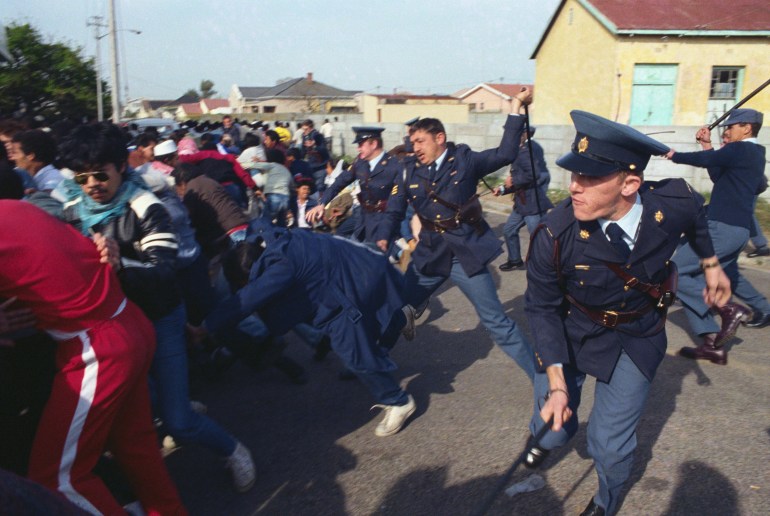
By the 1980s, even the apartheid government could see something had to change, and in 1983, Prime Minister PW Botha announced plans to include multiracial and Indian South Africans, but not Black South Africans, in a new “tricameral” parliament. His plan backfired spectacularly, uniting the opposition like never before under the newly formed United Democratic Front (UDF). One of the UDF’s key demands was the unconditional release of all political prisoners, especially Mandela. Soon after its launch in August 1983, the UDF numbered almost 1,000 different organisations from all segments of South African society. Botha didn’t know what had hit him.
When, in 1984, Oliver Tambo, the ANC’s exiled leader, asked his supporters to “make South Africa ungovernable”, the townships rose up. Things got so bad in 1985 that Botha declared a state of emergency – but this was also the year in which tentative secret talks with Mandela began.
An icon re-emerges
“In the late 1970s, you started getting occasional demands that Mandela be released,” Southall said. By the mid-1980s, “Free Nelson Mandela” became a constant and global refrain with the “I am prepared to die” statement being quoted at rallies and emblazoned on T-shirts. “On one level, the ANC ‘invented’ this version of Mandela,” Southall said. “Until 1976, the apartheid government had done a very good job of erasing him from public memory.”
What might have happened if Mandela had been sentenced to death at Rivonia? One does not need to look far for a possible answer. The other poster boy of the global anti-apartheid movement in the 1980s was Steve Biko (subject of the Peter Gabriel hit song), the young leader of the Black Consciousness movement, who had been tortured to death by apartheid police in 1977. “You can also have myths develop when you execute people,” Simpson said. “If they had executed Mandela, he would have been a different icon in a different struggle.”
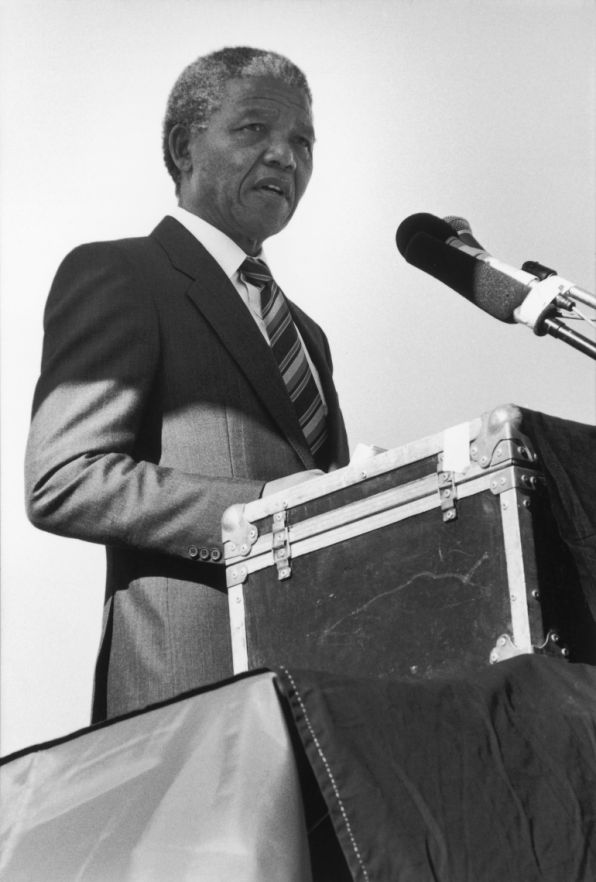
A dream realised
On February 11, 1990, Mandela was released from prison. From the balcony of Cape Town City Hall, he addressed his supporters for the first time since Rivonia. He opened his speech by saying: “I stand here before you not as a prophet but as a humble servant of you, the people. Your tireless and heroic sacrifices have made it possible for me to be here today. I, therefore, place the remaining years of my life in your hands.”
He ended by quoting the final lines of his 1964 statement from the dock, explaining that “they are true today as they were then.” Over the course of the next decade, as Mandela first navigated the treacherous path to democracy and then served as the country’s first democratically elected president, he lived out his vision of a “democratic and free society in which all persons live together in harmony and with equal opportunities”.
When the ANC’s Chris Hani was assassinated by an apartheid supporter in 1993, Mandela assumed the moral leadership of the country by urging his incensed supporters not to derail the peace process. After becoming president, he engaged in numerous public shows of reconciliation: He went for tea with the widow of slain apartheid Prime Minister Verwoerd, and he donned the Springbok rugby jersey (for many, a symbol of white supremacy) when he presented the almost entirely white South African team with the World Cup trophy in 1995.
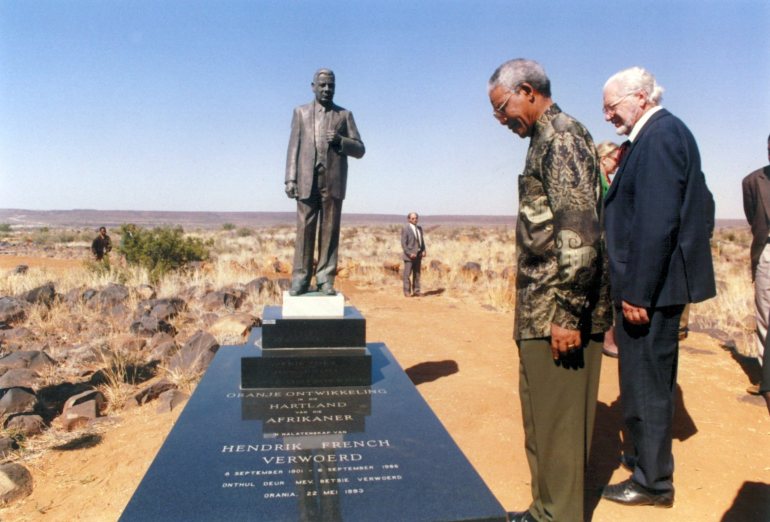
Postscript
When Mandela died in 2013, US President Barack Obama spoke at his memorial, famously – and predictably – quoting the final paragraph of the statement from the dock at Rivonia. By that stage, there were already some in South Africa who felt that Mandela was a “sellout” because he had been too forgiving of whites during the transition.
Now, more than a decade later as inequality continues to plague the country and South Africa stands on the cusp of its most competitive general election in 30 years of democracy, it is common to hear young Black South Africans accuse Mandela of selling out. Southall does not take such claims too seriously: “People who say he’s a sellout are either too young or too forgetful to appreciate how close we came to civil war. Mandela played a huge role in pulling off the peaceful transition.”
“Now, after 30 years of democracy, there is still a tension between white domination and Black domination,” Simpson said. “South Africa is not what Mandela dreamed of. He might be turning in his grave, but we can’t forget that many of the policies that have gone wrong were introduced by him. He might have turned things around, but he might have not.”
“You can’t blame Mandela for where we are now,” Southall said. “There are individual things he got wrong. But he also got a lot of things right.”
Mandela’s is one of the 12 remarkable lives covered in Nick Dall’s recent book, Legends: People Who Changed South Africa for the Better, co-written with Matthew Blackman.
Read More: World News | Entertainment News | Celeb News
Aljazera


